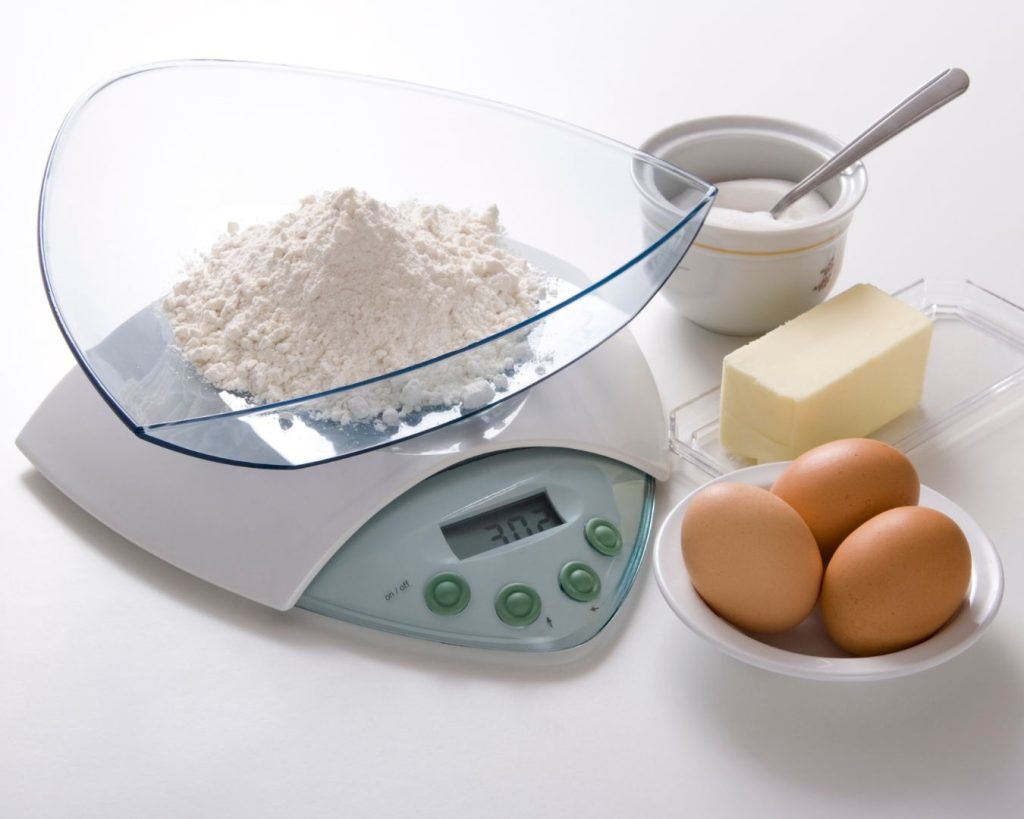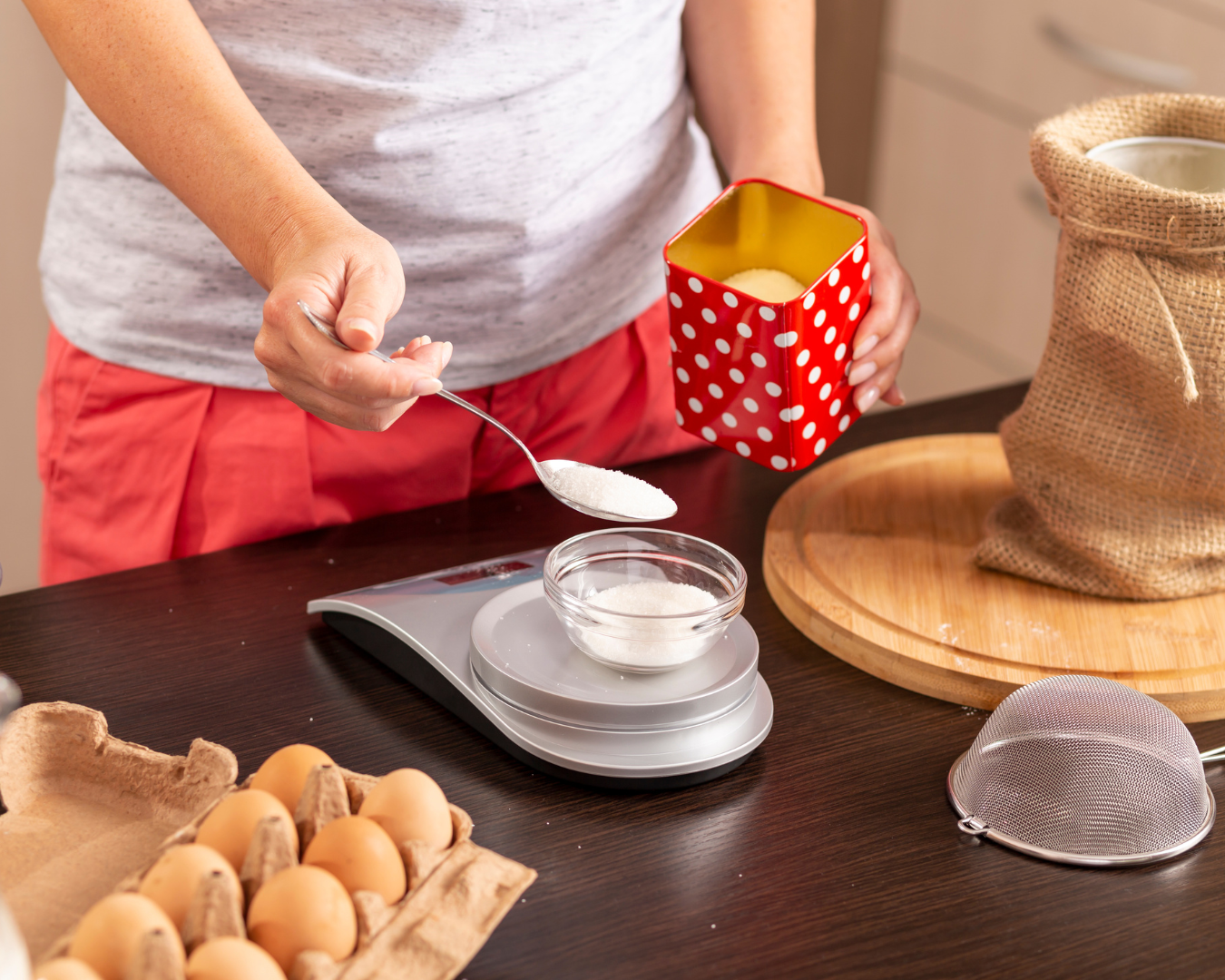Use a Kitchen Scale to Accurately Measure Ingredients for Baking
Baking is a science that requires precision. The accuracy of your measurements can make the difference between a perfectly risen cake and a dense, heavy flop. One of the best tools to ensure consistent, precise measurements is a kitchen scale. Here’s why you should use a kitchen scale for baking and how to get the most out of it.
Why Use a Kitchen Scale?
- Accuracy and Consistency
- Precision: Unlike measuring cups, which can vary in their accuracy, a kitchen scale provides precise measurements every time. This is crucial in baking, where the balance of ingredients affects texture, flavor, and rise.
- Consistency: Weighing ingredients ensures that you use the exact amount called for in a recipe, leading to consistent results every time you bake.
- Ease and Convenience
- Less Cleanup: Weighing ingredients directly into your mixing bowl reduces the number of utensils you need to clean. No more washing multiple measuring cups and spoons.
- Time-Saving: Using a scale can speed up your prep time. You can quickly add ingredients to the bowl without having to level off cups or spoons.
- Accuracy Across Recipes
- Universal Measurements: Recipes from different parts of the world often use different measurement systems. A kitchen scale can easily switch between grams and ounces, making it simple to follow any recipe accurately.

How to Use a Kitchen Scale for Baking
- Choose the Right Scale
- Look for a digital kitchen scale with a flat surface, a tare function (to reset the weight to zero), and a capacity that suits your needs. Most home bakers will find a scale with a capacity of 5-10 kilograms (11-22 pounds) sufficient.
- Zero the Scale
- Before you start measuring, place your mixing bowl or container on the scale and press the tare button to reset the weight to zero. This ensures you are only weighing the ingredients, not the container.
- Weighing Dry Ingredients
- Flour: Scoop flour directly into the mixing bowl on the scale. Flour can be compacted in measuring cups, leading to inconsistent amounts. Weighing eliminates this issue.
- Sugar: Both granulated and powdered sugar should be weighed for precise measurements.
- Leavening Agents: Ingredients like baking powder, baking soda, and yeast should be weighed, especially in recipes requiring small but precise amounts.
- Weighing Liquid Ingredients
- Many kitchen scales can measure both solid and liquid ingredients. Weighing liquids like water, milk, and oils can be more accurate than using a measuring cup. Some scales offer a milliliter option, but it’s usually just as effective to weigh in grams, considering the density of water (1ml = 1g).
- Tare Between Ingredients
- After adding each ingredient, use the tare function to reset the scale to zero before adding the next one. This method allows you to measure all ingredients in the same bowl without extra calculations.
- Convert Recipes
- If you have a favorite recipe that lists ingredients by volume, convert those measurements to weight. Many baking websites and cookbooks provide conversion charts to help you make the switch.

Additional Tips for Baking with a Kitchen Scale
- Calibrate Your Scale: Occasionally check the accuracy of your scale using calibration weights or household items with known weights.
- Use the Same Scale: For consistency, use the same kitchen scale for all your baking projects.
- Practice Makes Perfect: It may take some time to get used to weighing ingredients, but the more you practice, the more comfortable you’ll become with this method.
Using a kitchen scale for baking is a game-changer. It brings precision, consistency, and efficiency to your baking process, ensuring that your cakes, cookies, and breads turn out perfectly every time. Invest in a good quality kitchen scale, and start enjoying the benefits of accurate measurements in your baking endeavors. Happy baking!

